
Tips to Make the Most of Raised Garden Beds
Last Updated: Apr 13, 2025Building a raised garden bed is no new concept. Many homeowners have incorporated raised beds into their landscape to resolve gardening issues such as drainage, pests, and accessibility. Or simply to enjoy the aesthetic of a controlled, well-tended garden. But did you know that your choices of wood, plantings, fertilizer, and irrigation, can be more—or less—sustainable? Whether used for growing beautiful flowers or harvesting homegrown fruits, vegetables, and herbs, here are some tips to make the most of your raised garden bed:
1. Choose the right wood
Although different budgets may require trade-offs in the type of lumber chosen, here are some essential considerations in choosing your wood. First, the Forest Stewardship Council (FSC) ensures that the wood has been grown and harvested from responsibly managed forests. FSC certified wood is usually not more expensive, so whenever possible, look for this label.
Table of Contents
- 2. Plant Strategically
- 3. Give your Garden the Right Nutrients
- 4. Choose Efficient Irrigation Systems
- Make the Most of Your Raised Garden Beds

Second, because the wood is outside and is exposed to a wide variety of outdoor conditions, you'll want to make sure the wood does not rot. So, you'll want to consider whether to use pressure-treated or naturally durable and rot-resistant wood. Pressure-treated lumber contains preservatives to help the wood last longer. The concern with using treated wood for food gardens, however, is that as the wood breaks down over time, preservatives may leach into the food we eat. The U.S. Environmental Protection Agency (EPA) has since looked into the subject and summarizes the most common dangerous preservatives. While these preservatives are no longer used for residential purposes, when considering using older or reclaimed woods, it is vital to know the wood's origin. Newer water-based wood preservatives are also available that are deemed safe for gardens, decking, playscapes, etc., such as ACQ (alkaline copper quaternary) and borates.
While pressure-treated wood sold today is considered safe by the EPA for home gardening purposes, treated lumber does not comply with USDA certified organic standards. The solution when you are growing food is to look for naturally rot-resistant wood species. Although more expensive, wood like cedar and redwood will not leach chemicals into the garden and will still last a solid ten to twenty years.

You might also want to consider alternatives to wood. Loll Design planters, for example, are made out of recycled milk jugs and are 100 percent recyclable. This sturdy material will not rot and can enhance any outdoor space with its multitude of color options.
2. Plant Strategically
There are many ways to help optimize the garden's bloom or yield without using harmful chemicals found in fertilizers. Understanding the basis of permaculture—the design principles of natural ecosystems—can help you better plan the garden as a system, mimicking nature's synergism and resilience. Companion planting, which means locating plants next to each other that benefit each other enforces nature's synergism, which is another strategy. For example, tall plants like corn can support certain climbing plants such as beans. Sprawling plants like potatoes minimize open soil areas where weeds may take root. Plants with long taproots enrich the topsoil by drawing nutrients from the bottom soil layers upwards. On the other hand, some plant species may inhibit each other's growth. Garlic and onions, for instance, stunt the growth of peas and beans. This garden planner for flowers, vegetables, and herbs can help you plan the garden layout, also giving insights for companion planting.

Consider also planting flowers, such as marigolds and sunflowers, among your food garden to attract insects and birds that will help pollinate your garden and reduce pests. Match the flowers and food plants according to their sunlight and water needs. Building and planting in smaller boxes is an excellent strategy to more easily group the plants that work well together. This Surrey garden exhibits beautiful smaller planters, which not only partition the plants to limit competition but also give greater accessibility for tending the garden.
3. Give your Garden the Right Nutrients
One of the great things about raised garden beds is that even in a location with poor soil, or no soil at all, they allow you to start from scratch. This enables you to formulate the optimal soil for your gardening needs. Factors to consider for the soil type include the plants you plan to grow and your regional weather. A considerably dry climate, for example, may require soil with high water retention ability, while a wet climate may require more drainage. Plant tags and seed packets usually specify the soil conditions your plants need to survive. Gardeners Supply Company recommends as a general guideline following the soil proportions of 60% topsoil, 30% compost, and 10% potting soil.

You can use Gardener's soil calculator to estimate how much of each component you will need to buy or prepare for your garden. Using the compost from discarded fruit and vegetable scraps is an excellent way to create a mini-circular economy in your own backyard. This can save you money, time, and energy spent buying retail compost or fertilizer.
4. Choose Efficient Irrigation Systems
Long gone are the days when you and your neighbors would stand outside for hours in the hot sun, watering your gardens with a hose that wastes about half as much water as it delivers. Today, many options are much more efficient for watering your garden. Drip irrigation systems provide water by a slow drip, directly to the plants' roots, eliminating water loss by evaporation, wind, and runoff. This method of concentrating the water straight to the roots can help your plants grow faster and more plentiful while reducing the chance of disease spreading by wet leaves. A drip irrigation system will save unnecessary water waste (and the cost of that water), especially with multiple garden beds that have dead space between them.
Gardening & Outdoor
Shop the best high-performing gardening and outdoor products that impact your health, wealth, and the planet through their use.
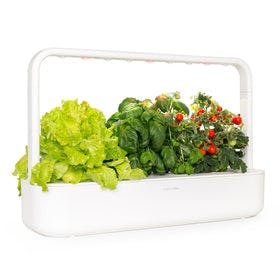
Click & Grow Smart Garden 9
Click & Grow
In Stock
3 Colors
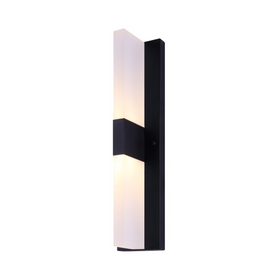
Canarm CORIN LED Black Outdoor Light
Canarm
Out of Stock
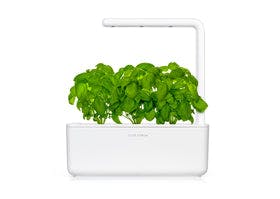
Click & Grow Smart Garden 3
Click & Grow
In Stock
3 Colors
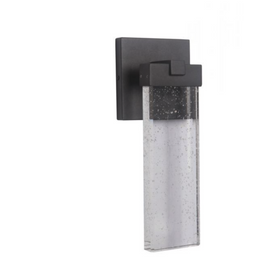
Craftmade Aria Outdoor LED Wall Mount Light
Craftmade
In Stock
2 Colors
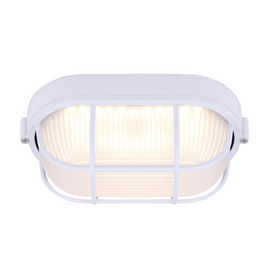
Canarm LOL386WH White LED Outdoor Sconce
Canarm
In Stock
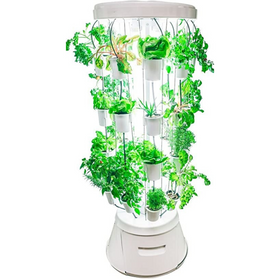
Nutritower Vertical Hydroponic Indoor Garden
Nutritower
Out of Stock
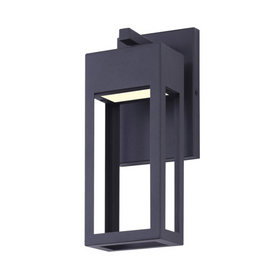
Canarm FAE LED Black Outdoor Light
Canarm
In Stock
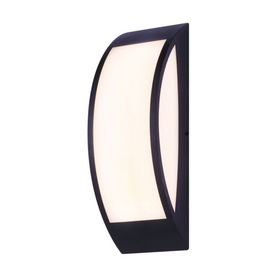
Canarm BARDO LED Black Outdoor Light
Canarm
In Stock
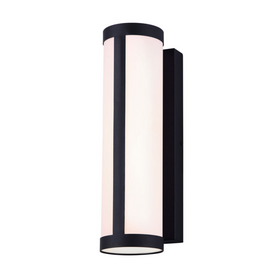
Canarm SINDRI LED Black Outdoor Light
Canarm
In Stock

Canarm LOKI LED Black Outdoor Light
Canarm
In Stock

For further water efficiency, consider the pioneering SkyDrop Irrigation System. SkyDrop has smart technology that can connect through your home's Wi-Fi to your local weather forecast to self-program when to water your lawn or garden. SkyDrop also considers elements such as the types of vegetation, sprinklers you use, shade and slope of the yard, as well as the wetness of the soil measured by in-ground sensors.
For non-food garden beds, there are even more innovative irrigation system alternatives. A rainwater harvesting system, for example, stores rainwater runoff from your roof in a large cistern, ready to be used for lawn and garden irrigation. Blackwater or greywater system may be used to recycle water from toilets, sinks, and showers that are filtered and decontaminated before reuse. Black water and greywater systems, however, should not be used for food gardens, as even the filtered and decontaminated water is not safe for human consumption.
Make the Most of Your Raised Garden Beds
Gardening in raised beds can help boost your lawn's productivity while alleviating many typical gardeners' woes. Consider these tips to be more efficient, obtain more yield, and optimize your garden beds even further.
Do you have your own raised garden bed tips? What are your favorite foods and flowers to grow in your raised beds? Tell us about your raised garden beds below!
Samantha Aimone is a student at Fordham University pursuing a Bachelor of Science in Business Administration with dual concentrations in finance and social innovation. Samantha is a change maker, and she is driven to help businesses attain sustainability through disruptive innovation.
Samantha Aimone
Samantha Aimone is a student at Fordham University pursuing a Bachelor of Science in Business Administration with dual concentrations in finance and social innovation. Samantha is a change maker and she is driven to help businesses attain sustainability through disruptive innovation.
